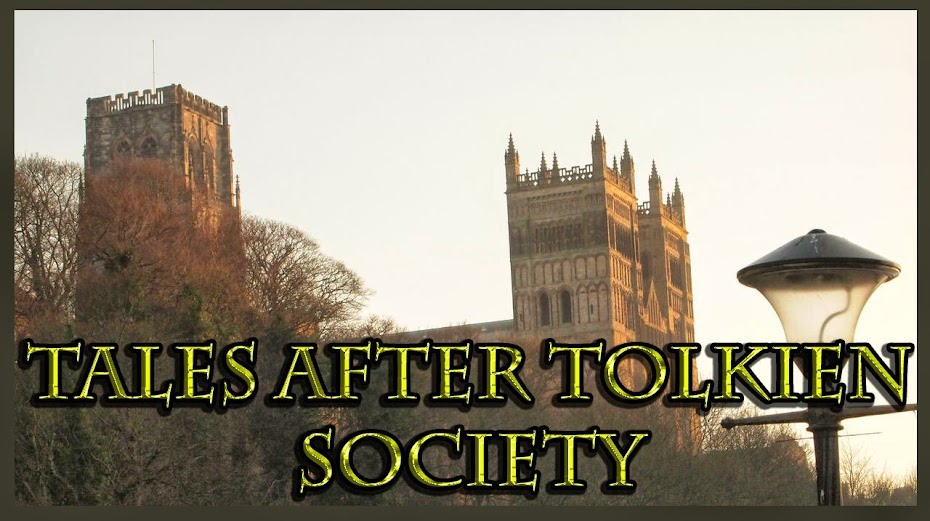There and Back Again: Tolkien in 2015
February 20-21, 2015
The Center for Medieval and Renaissance Studies at the Ohio State University invites abstracts and panel proposals for its second academic conference on Popular Culture and the Deep Past, devoted this year to the works of and world surrounding J.R.R. Tolkien: "There and Back Again: Tolkien in 2015." In keeping with the PCDP idea, this will be a full-fledged conference, itself nested in a broader 'carnival' of popular and traditional cultural events and activities, including food- and culture-ways demonstrations, exhibits of artwork, books, and manuscripts, combat, gaming, and cosplay. (If you wish to submit a proposal for a non-academic presentation or activity, or otherwise participate in 'Tolkien Day' as an organizer or volunteer, please see our separate 'Tolkien Day' CFP at cmrs.osu.edu/events/pcdp/
Given the release in December 2014 of Peter Jackson's final Hobbit movie, we will be particularly receptive to proposals that draw on themes evoked in or growing out of Tolkien's 1937 novel; but we invite submissions involving research on any topic related to the Tolkien phenomenon, ranging from historical and cultural identities to linguistic, writing, and media systems, folkways and cultural expressions, fantasy and gaming, and popular or artistic manifestations of all kinds. As with last year's PCDP conference on the Game of Thrones, this one aims to explore the interface between historicity and contemporaneity: preference will be given to proposals in which this element is manifest.
Conference papers will be limited to 20 minutes' duration, followed by 10 minutes of discussion; they will be organized thematically into two-hour sessions of 4 papers each, ranging across two days. Submissions for entire conference sessions are welcome, in which case a session title and abstract should be submitted, along with individual paper titles and abstracts for the session from the different presenters.
Abstracts for sessions and individual papers should be limited to 250 words. The submission deadline for abstracts and panel proposals is October 1st. Submissions after that date will be happily received, but cannot be guaranteed full consideration. Please contact us at cmrs_gaa@osu.edu with any questions you might have.
